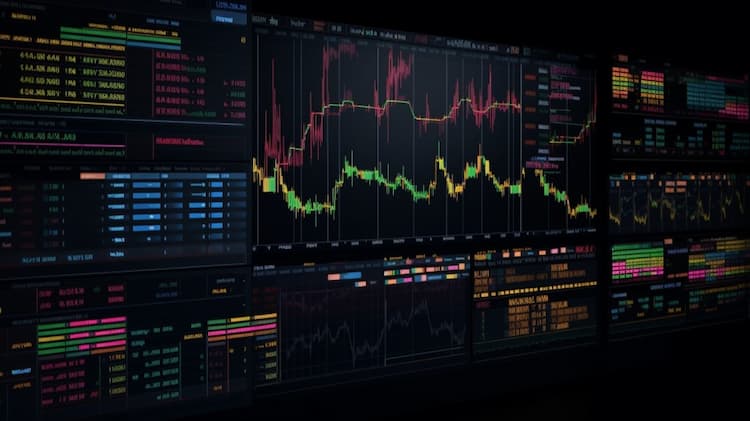
SMH VS SOXX: A Comprehensive Comparison of ETFs
Exchange-Traded Funds (ETFs) have become a cornerstone of modern investing, offering exposure to a wide range of sectors and market segments. In this comprehensive analysis, we will delve into a thorough comparison of two popular ETFs: SMH (VanEck Vectors Semiconductor ETF) and SOXX (iShares PHLX Semiconductor ETF). We'll explore essential aspects including ETF tickers, full names, issuers, sectors, top holdings, capitalization, investment strategies, tracking methods, and market exposure.
SMH VS SOXX: Overview
SMH and SOXX are both ETFs that provide exposure to the semiconductor industry, a vital sector driving technological innovation. However, they have distinct approaches to achieving this exposure. SMH aims to track the MVIS US Listed Semiconductor 25 Index, which includes companies involved in various semiconductor-related activities. SOXX, on the other hand, seeks to replicate the performance of the PHLX Semiconductor Sector Index, focusing specifically on semiconductor manufacturers and suppliers. These different strategies result in varying risk profiles and potential returns for investors.
SMH VS SOXX: Sectors and Top Holdings
The SMH ETF covers a broader spectrum of the semiconductor ecosystem, including companies engaged in design, manufacturing, and supply chain activities. This approach leads to a diversified portfolio that includes companies like NVIDIA, Taiwan Semiconductor Manufacturing Company (TSMC), and Advanced Micro Devices (AMD). In contrast, SOXX concentrates on semiconductor manufacturers and suppliers, with top holdings such as Intel, NVIDIA, and Qualcomm. Understanding the sectors and top holdings is crucial for investors seeking exposure to specific segments within the semiconductor industry.
 SMH overlap SMH VS SOXX: A Comprehensive Comparison of ETFs
SMH overlap SMH VS SOXX: A Comprehensive Comparison of ETFs
SMH VS SOXX: Capitalization and Investment Strategy
Both SMH and SOXX boast substantial assets under management (AUM), reflecting the strong demand for semiconductor-focused investments. SMH's investment strategy aims to capture the overall performance of the semiconductor sector by including companies with various market capitalizations. SOXX, however, focuses exclusively on larger semiconductor companies. Investors should consider the potential benefits and risks associated with each ETF's capitalization-based strategy when making investment decisions.
SMH VS SOXX: Tracking and Market Exposure
SMH and SOXX utilize different methods to track the performance of their respective semiconductor indices. SMH seeks to achieve accurate tracking by investing in a diversified portfolio that represents the index constituents. SOXX uses a similar approach, providing investors with exposure to semiconductor manufacturers and suppliers. The choice between the two ETFs depends on whether investors are looking for a broader exposure to the entire semiconductor ecosystem (SMH) or a more concentrated exposure to semiconductor manufacturers (SOXX).
Conclusion
In the dynamic world of investing, understanding the nuances of ETFs like SMH and SOXX is essential for making informed decisions. These ETFs offer distinct pathways to gain exposure to the semiconductor industry, each with its own advantages and considerations. To gain deeper insights into their holdings, correlations, and potential overlaps, ETF Insider provides a user-friendly app that empowers investors with valuable information about these and other financial instruments.
Disclaimer: This article does not provide any investment advisory services.
Sources:
SMH ETF issuer
SMH ETF official page





